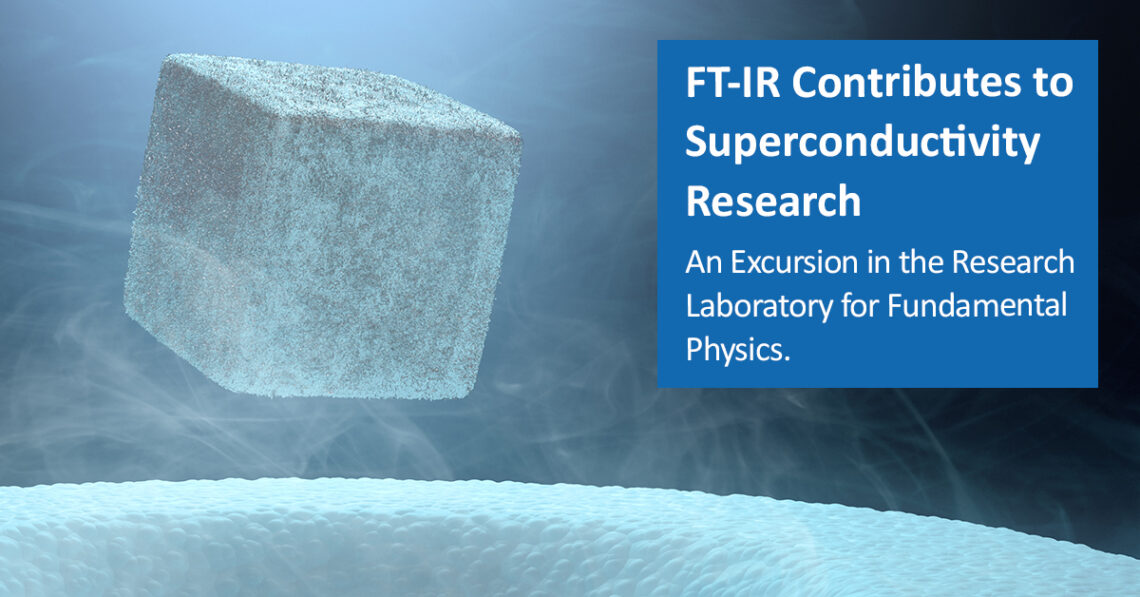An Excursion in the Research Laboratory for Fundamental Physics
Superconductivity as a macroscopic quantum state of matter has attracted scientists for more than 100 years since its discovery in mercury in 1911. Superconductors exhibit fascinating electronic and magnetic properties, like zero resistance and perfect diamagnetism, which have irreplaceable applications in many fields, such as electric power transmission, high magnetic field generation, ultra-weak magnetic field detection, as well as quantum computing. Seeking for high-Tc superconductors and understanding the mechanism of unconventional superconductivity are two of the most important topics in the research of superconductivity. Optical spectroscopy is a powerful technique to study the charge and lattice dynamics in unconventional superconductors.

Scientists from the Center for Superconductivity Physics and Materials at Nanjing University have long been using infrared spectroscopy to study the physics of unconventional superconductivity. They use a Bruker Vertex 80v vacuum FT-IR spectrometer combined with an in-situ gold evaporation technique to measure the absolute reflectivity of superconducting materials with ultra-high precision in a very broad spectral range from 8 to 50 000 cm-1 (1 meV – 6.25 eV) at different temperatures from room temperature down to liquid Helium temperature (4.2 K). The exceedingly broad frequency range which is achievable with VERTEX 80v covers the energy scale of most of the important collective excitations and interactions in superconducting materials, such as the superconducting gap, pseudogap, Mott or charge-transfer gap, Hund’s coupling, quasiparticle scattering rate, infrared-active phonon modes, and interband electronic transitions. Tracking the evolution of these important excitations and interactions with temperature or chemical doping allows the researchers to distinguish the pivotal ingredients that give rise to unconventional superconductivity.
For some of the above-mentioned demanding experiments, a minimal (e.g. <2%) reflectivity variation of the samples must be detected. Therefore, highest stability and utmost sensitivity are required from the FT-IR instruments. A broad spectral range, especially extension in the far IR / THz region is of great importance for success, since many relevant spectral features appear in this region, where water vapor absorption from the lab air may strongly disturb the measurements. Vacuum FT-IR spectrometers with fully evacuated optics are the ideal way to completely avoid this problem and provide the highest achievable stability and sensitivity of all FT-IR benchtop systems.








